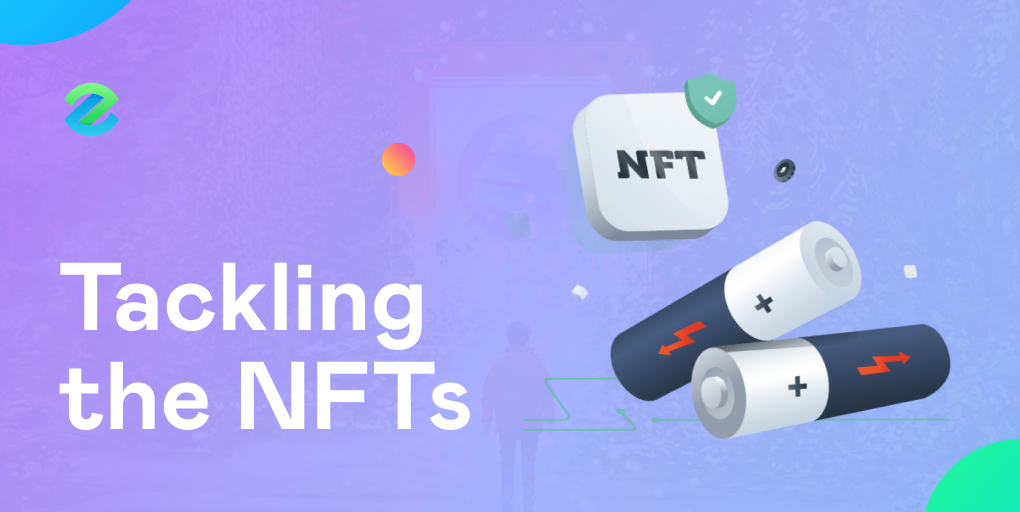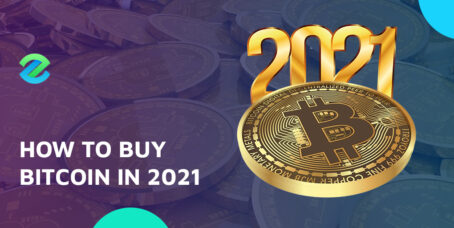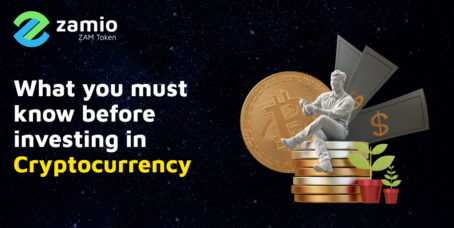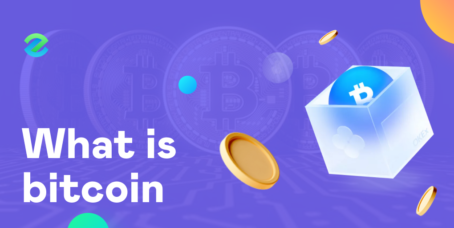NFTs stands for Non Fungible Tokens, tokens that have no digital equivalence in the digital world. Each NFT represents ownership of unique digital objects of all kinds, such as texts, images, audio recordings, digital artwork, gaming characters, domain names, financial instruments, club cards, and even tweets. So NFTs act like a certificate of authenticity verifying that each digital item is unique.
This feature of uniqueness makes NFTs not interchangeable, and hence the word non-fungible comes into play. This means one NFT token representing a digital item is not equal to one NFT token of another. On the other hand, fiat currencies and cryptocurrencies are fungible, which means one bitcoin is equal and identical to another bitcoin.
NFTs are similar to any other one-of-a-kind physical object. But it is saved in a file format, such as JPG, recorded and stored off the blockchain, while the corresponding token representing ownership is recorded and stored on the blockchain where it is impossible to replace or delete any information.
However, the digital files are most likely saved in a database online belonging to a third party, where someone can destroy the files. In this case, the token you hold deems worthless because it cannot retrieve the corresponding file.
Each of the NFT tokens is unique and exists in the singular version. Non-fungible tokens cannot be copied, as each of them contains identifying information recorded in smart contracts. This piece of information, precisely, makes one NFT different from another.
Surely someone can duplicate the digital art of an artist. But just like Mona Lisa has one original and unique copy, thousands of worthless copycats exist in the market. At the end of it all the original piece is what matters. The same principle applies here to digital items sold online.
NFTs have become a hot trend in 2021. According to Reuters, there were $2,5 billion sales in the non-fungible token market in the first half of 2021, up from just $13,7 million in the first half of 2020. Many have joined the NFT craze, including artists such as Beeple, PAK, and Trevor Jones, who have made a fortune selling them.
Most of the non-fungible tokens are issued on the Ethereum blockchain by several standards. ERC-721 is the first and most common implementation of NFT on Ethereum, extending the capabilities of the ERC-20 (the basic standard). This standard requires a separate smart contract for each token type.
ERC-721 is the first and most common implementation of NFT on Ethereum, extending the capabilities of the ERC-20 (the basic standard). This standard requires a separate smart contract for each token type.
Shortly after, some other versions were introduced:
- ERC-998 is an evolving standard that allows you to create a “compound” token – a digital asset that “owns” another. For example, the ownership of a playable character in a computer game is represented by one NFT, and the rights to its equipment are represented by another. ERC-998 allows you to blend them into one token
- ERC-875 allows you to send multiple collectibles in one transaction.
- ERC-1155 is an improved standard that allows you to work with different tokens types at once through one smart contract.
NFTs are not exclusive to Ethereum – they also exist on NEO, EOS, Tron, Flow, Cosmos, and other platforms.
Current NFT ecosystem pattern:
| Images | Illustrations, design, photography, stock images |
| Audio | Music, podcasts, radio programs |
| Text content | Blog posts, tweets, instructions |
| Metaverse | 3D models, indoor games, maps, augmented reality assets |
| Video | Movies and series, streams, shows, videos |
| Address space | IP addresses, domains |
List of some of the NFT aggregators may include:
- Open Sea
- Rarible
- SuperRare Async Art
- Known origin
- Nifty gateway
- Foundation
- Portion
- MakersPlace









